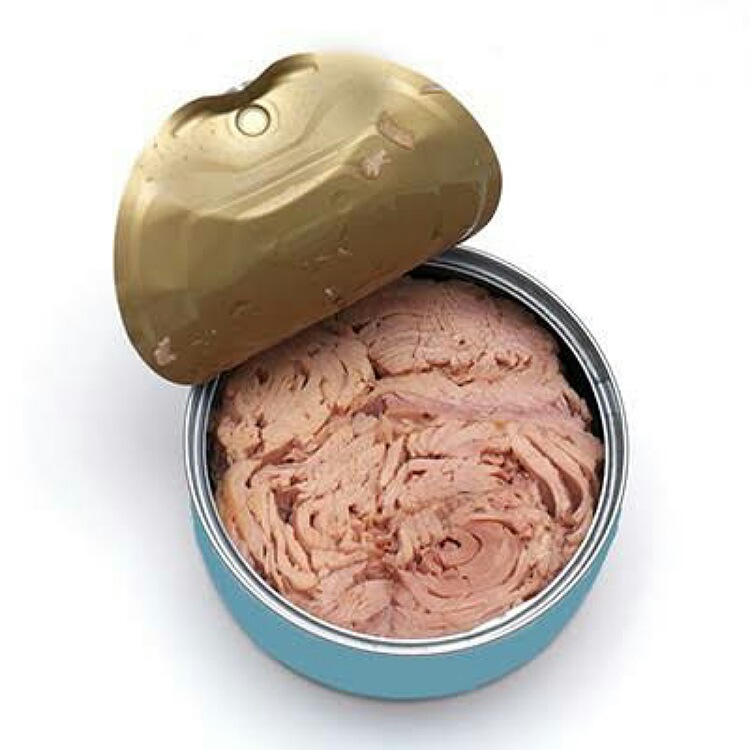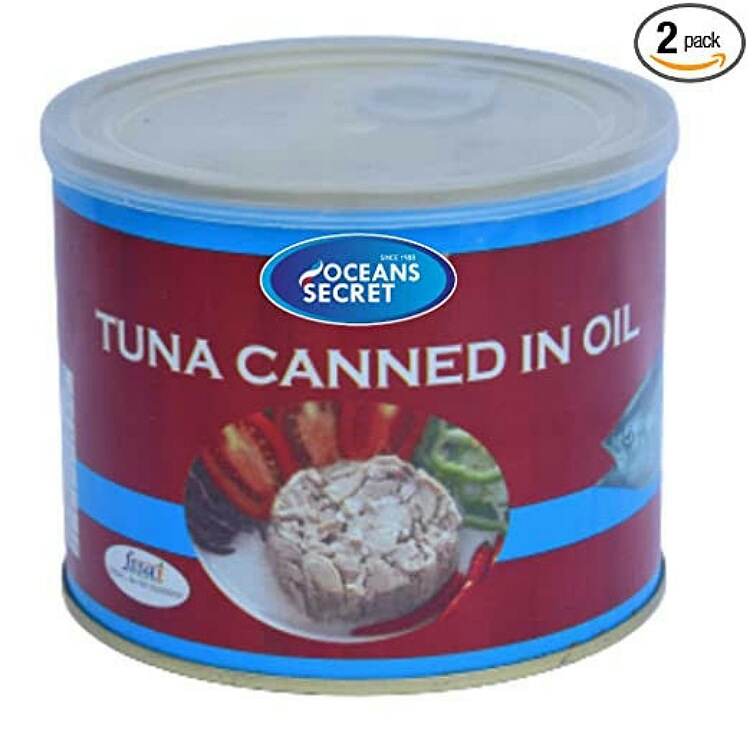Canned tuna is an affordable and simple way to enjoy the fatty fish. It is delicious and nutritious. But is it safe to consume it in this form?
Canned tuna
Fatty fish such as salmon and tuna are healthy for the human body. They are loaded with nutrients and can make a great meal option. They fill the stomach and keep the hunger pangs away for a longer time. Thus, they are beneficial in weight management.
Tuna has a lot of protein in it. It is also rich in healthy fats such as omega 3 fatty acids. These are good for heart health and also for brain function. Moreover, it has vital minerals and vitamins such as vitamin D. Thus, they are good for muscles, bones, teeth and other bodily functions.

Fresh fish consumption is best. But it could be expensive. During the current high inflation state, fresh fish might not be affordable for many households. At such a time, canned fish is ideal. Also cooking of fresh fish takes time and efforts. This might be difficult for busy individuals.
Canned tuna is an option. It contains the vital nutrients of fresh tuna preserved in it. But is it safe to have it?
Benefits
Just like eggs, chicken or meat, fish including the canned varieties are loaded with protein. It is an easy boost for protein intake. A three ounce serving of the tuna in cans gives twenty grams of protein. And a full can has forty grams of protein in it.
Additionally, tuna protein is a complete protein. Meaning thereby that it has all the nine essential amino acids in it. And the carbs and fats content of this fish are relatively less. Since tuna is 90% protein.

Tuna including the canned varieties are good for eyes and brain functions. The omega 3 fatty acids improve cognitive function and vision. It lessens age related cognitive decline and also overcomes depression symptoms.
Moreover, this fatty acids also helps in cardiovascular health and lowers blood bad cholesterol. It decreases blood clot formation and body inflammation. Hence, American Heart association has recommended people to have two servings of fish in a week. To meet this requirement, canned tuna is a good choice.
Potential ill-effects
Many brands of canned tuna are high in sodium. The tuna are soaked in brine water. And this gives sodium to the food. For instance, the Bumble Bee White Albacore Tuna has 210 mg of sodium per three ounce serving. And in the same amount of Chicken of the Sea, there is 360 mg of sodium. This could raise the blood pressure to extremely high levels and increase risk of cardiovascular diseases, cardiovascular accidents and death. The Genova Premium Albacore Tuna has low sodium in it and is worth a try.

Some tuna are dipped in oil in cans. This increases the fat content of the food. It adds flavor and moist texture to the tuna but it increases calories of the meal.
Moreover, canned tuna might have mercury contamination. This can cause memory loss and cognitive dysfunction. Consumer Reports states that the popular tuna brands of Wild Planet, Bumble Bee, StarKist, Chicken of the Sea, and Safe Catch all have mercury in them. However, albacore had higher levels than skipjack or light varieties of tuna.
Also, read Healthy carbohydrates: 6 foods containing it!
The FDA states that though there is mercury contamination noticed in canned tuna, two servings of them in a day are safe. But pregnant women and lactating mothers should avoid them. An article in Environmental Research reveals that tuna has selenium that protects against mercury.
